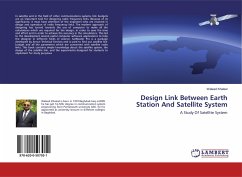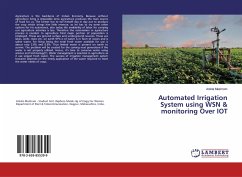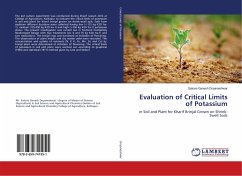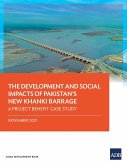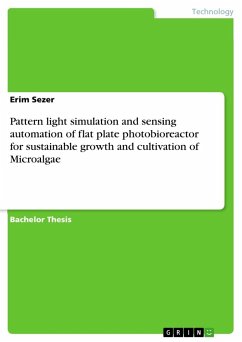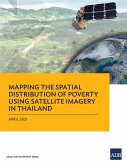Groundwater is being heavily exploited unchecked with the result that in large areas over exploitation is taking places well as poor quality groundwater is causing soil salinity and which disturb the cropping pattern. A study to evaluate an irrigation system in the cotton-wheat zone of Pakistan, before and after the watercourse lining was conducted. The primary data use for the study was the satellite images. study employed an index-based approach of using GIS with field data. NIR and TIR spectral bands proved to be most effective as this combination helped easy detection of salt affected area and cropping pattern evaluation is done. The bar graph analysis is use in this study. Result showed that 9.97% area under salinity in 1992, 9.17% in 2000 and it left 2.29% in year 2005. Similarly in 1992, 45% area is under vegetation it improves to 56% and 65% in 2000 and 2005 respectively. NDVI value was calculated along the cross section of the canal at different point unto the tail the head to tail ratio was calculated. On the basis of the heat to tail ratio the performance of the system is calculated.
Bitte wählen Sie Ihr Anliegen aus.
Rechnungen
Retourenschein anfordern
Bestellstatus
Storno


